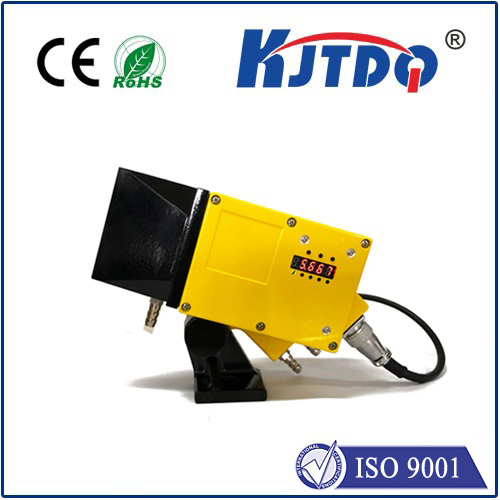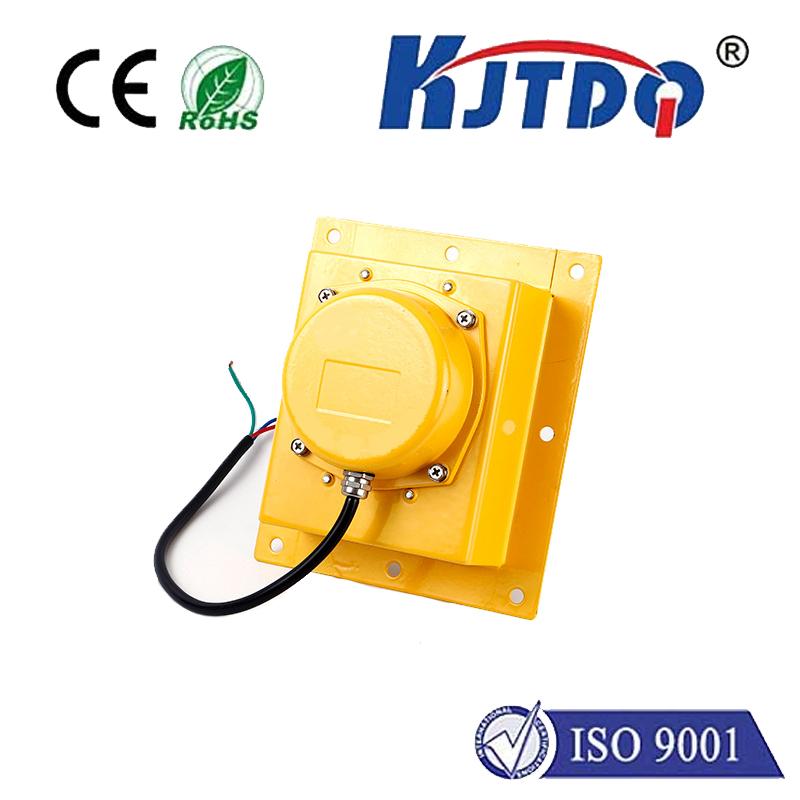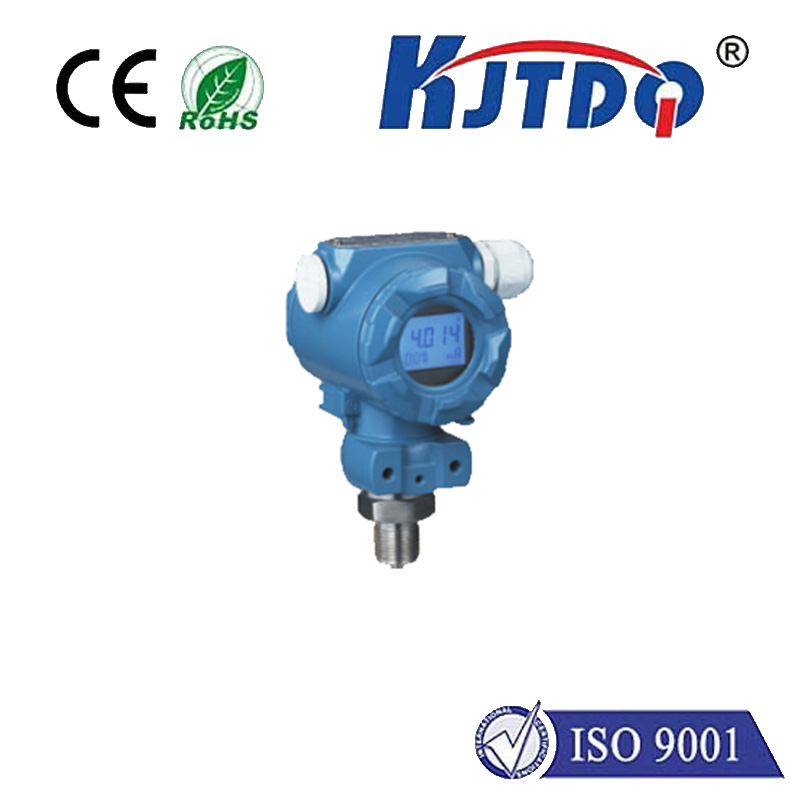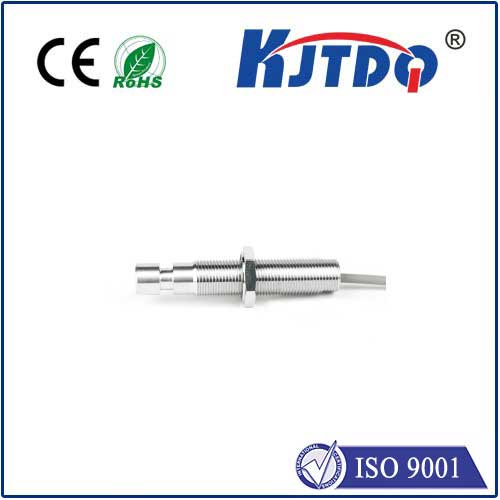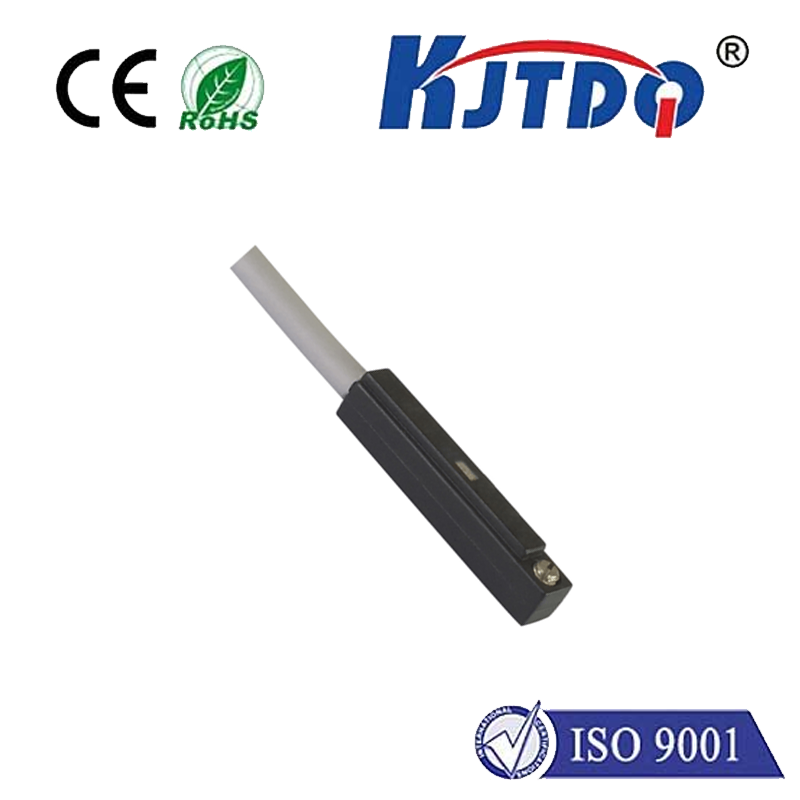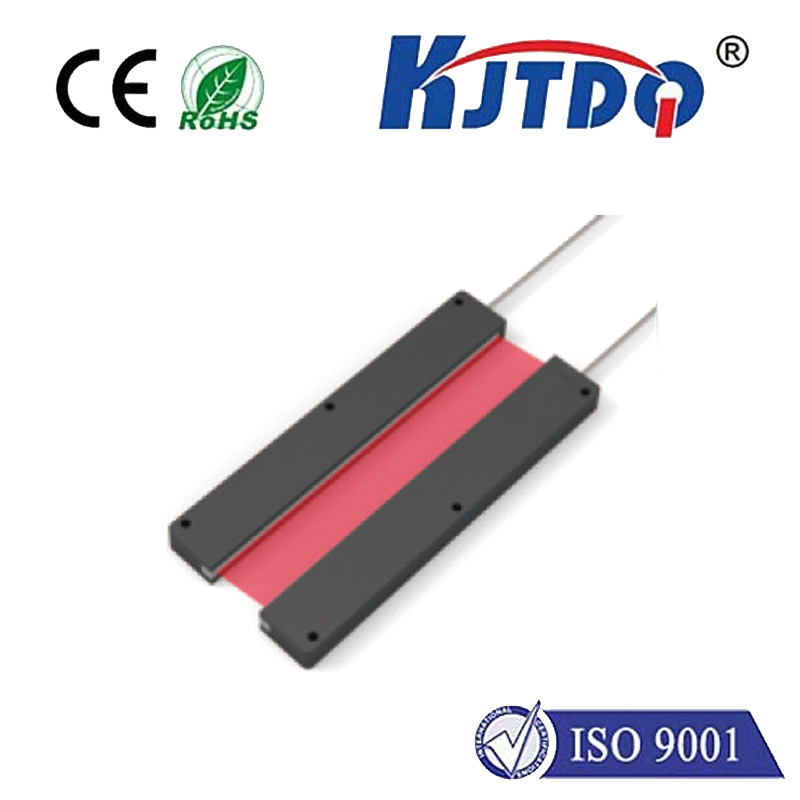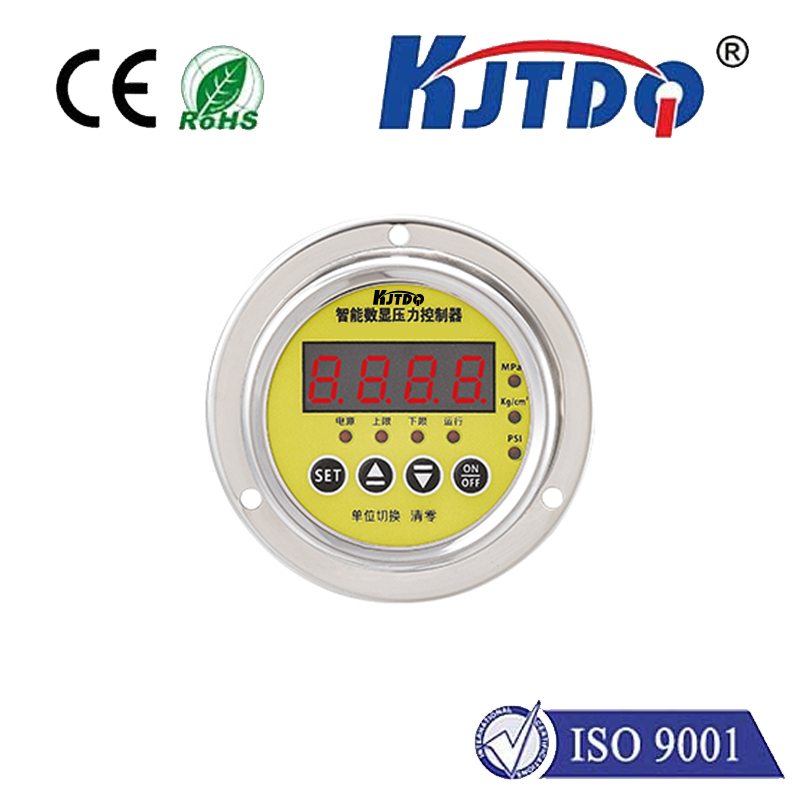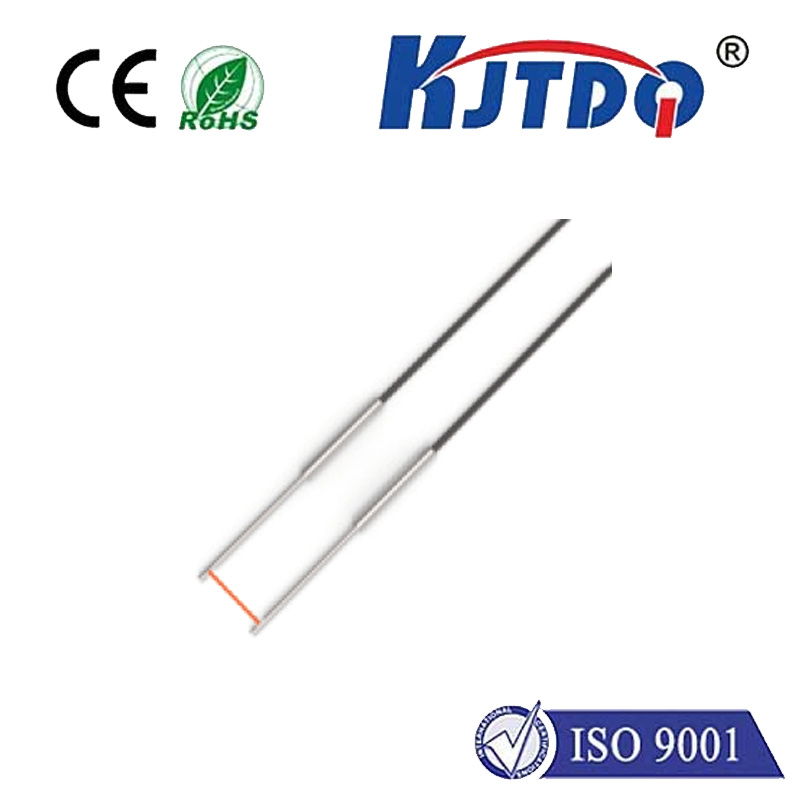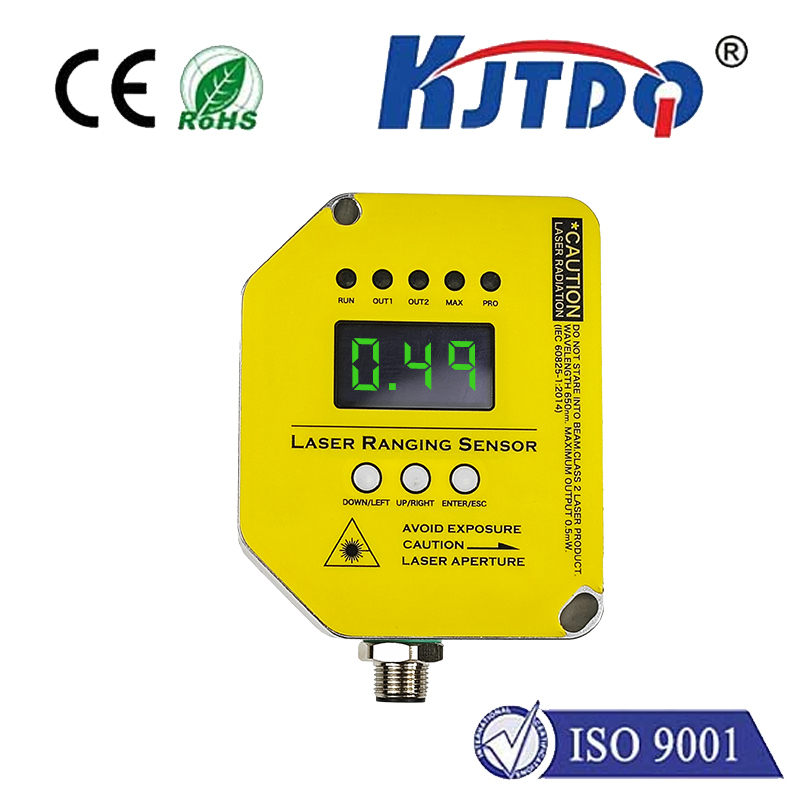
check

check

check

check
Revolutionizing Industrial Automation: The Retro Reflective Photoelectric Sensor
In the ever-evolving world of industrial automation, technology has been the key driver for increased efficiency, productivity, and safety. One such technological marvel that has revolutionized various industries is the retro reflective photoelectric sensor. This advanced sensing technology has redefined the way machines detect objects, providing unparalleled accuracy and reliability in a wide range of applications.

The concept of a retro reflective photoelectric sensor revolves around the principle of optical reflection. It consists of a transmitter and receiver unit, where the transmitter sends out a beam of light towards a specially designed reflector. When an object passes through this beam, the light is reflected back to the receiver, which then interprets this interruption as a detection event. Unlike traditional photoelectric sensors, the retro reflective sensor uses a reflector to bounce the light back, making it highly efficient in detecting objects even at long distances or in challenging environments.
One of the significant advantages of using a retro reflective photoelectric sensor is its ability to work effectively in harsh industrial environments. These sensors are designed to withstand extreme temperatures, dust, moisture, and other environmental factors that could potentially interfere with their operation. Additionally, they offer excellent visibility and detection capabilities, even in low-light conditions or when the target object has a low reflectivity. This makes them ideal for applications such as packaging lines, conveyor systems, and quality control processes where accurate object detection is crucial.
Another notable feature of retro reflective photoelectric sensors is their flexibility in terms of installation and configuration. They can be mounted at various angles and distances from the target object, allowing for optimal coverage and minimizing potential dead zones. Furthermore, these sensors can be easily integrated into existing automation systems, providing a seamless upgrade without requiring significant changes to the overall setup.
In conclusion, the retro reflective photoelectric sensor represents a significant advancement in industrial automation technology. Its unique combination of durability, accuracy, and flexibility makes it an indispensable tool for businesses looking to streamline their operations and maintain a competitive edge in today's fast-paced market. As we continue to embrace new technologies that improve our ability to automate tasks, the retro reflective photoelectric sensor stands as a testament to the power of innovation in shaping the future of industry.

